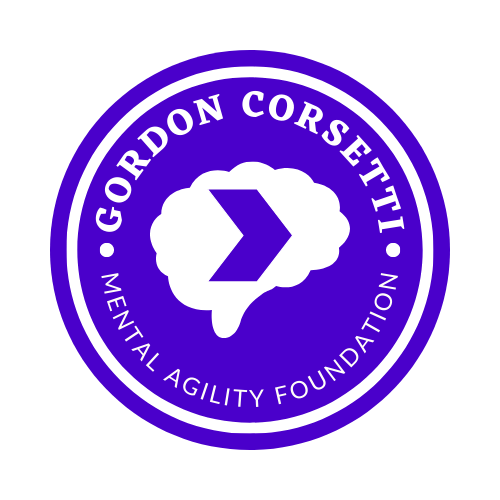I Wanna Push the Button!
/As soon as Dad parked the rental car my sister and I raced to the hotel lobby. Our fierce debate during the car ride evaporated. We swerved around people and objects with a singular objective — press the elevator button. Getting to push that button was the most exciting moment in our young lives even though we just spent an entire day at the Animal Kingdom.
Think of my parents.
They dropped, conservatively, between $3,000-6,000 on a full week’s family package so their kids could experience the magic of Disney World. Who knows how much extra they spent on souvenirs, photos of our scared faces going down Splash Mountain, and all the Disney-themed hats and sunglasses. They sprung for the FastPass, and few things are more empowering for a kid than to waltz pass all the folks waiting to go on Space Mountain: “queuing is for the plebeians.”
After all that money and time, Caitlin and I still got the biggest adrenaline rush by simply pushing an elevator button. Not the elevator button at the Twilight Zone Tower of Terror at Hollywood Studios. I’m talking your standard elevator button. Mom and Dad could’ve hyped up a five minute trip to the nearby Holiday Inn. Add in a trip to Ben and Jerry’s and the magic of Disney gets replaced with less than $25 in total expenses. It wasn’t about the money but the memories, and my parents regularly get a kick out of reminding Caitlin and I that we spent whole days with our favorite Disney characters only to forget about them in our race to push the elevator button.
Why, though? Why after a day of no school, fantasy characters, adrenaline-inducing rides, and ice cream sundaes were we so exuberant to push a tiny, metal circle?
Cait’s hypothesis is that the elevator was really big and we were really small. Pushing that button and making the elevator arrive was one of the first actions where our tiny bodies altered the larger world around us. We could control the machine! Us! The little ones! We felt this intoxicating power each time we stretched on our tip toes, pressed the button, and summoned the metal sky box.
In my experience, anxiety stems from a fundamental lack of perceived control. I cannot call success down from the higher levels at the push of a button. Life is less on an elevator system and more of an MC Escher staircase. Convoluted, makes limited sense, and hurts the brain to look at for too long.
As soon as I feel like I’m going up, I’m suddenly going down elsewhere.
Where is the control? Where is the direction?
Anxiety is the mental equivalent of living inside an MC Escher painting. You race around and around, but go nowhere. The entire time getting more and more frustrated with an unfair world that makes less and less sense the longer you spend in it.
This is why I employ the Stoic philosophy of wishing for my immediate fate. It’s a curious technique and it certainly has its limitations, but I find that it helps me quickly reframe my experiences from anxiety-inducing to calming realism. To use this technique you simply wish for exactly what has happened to you.
Traffic is awful so you’re going to be unexpectedly late? — “I wished traffic was heavy today.”
Accidentally delete your history paper? — “I wish I deleted it.”
Get a poorer score on the quiz than you expected? — “I was really wishing I didn’t do as well.”
The risk to this technique is wallowing in unpleasantness, so you must keep that in mind. Yet, I find that when I wish for what is happening to me, even when what is happening is unpleasant, I am calmer. This cognitive exercise allows me to focus on exactly where I am in the present, which is the tonic for anxiety.
Since anxiety is forecasting nervously about the future, if one can come into the present moment, however briefly, anxiety lessens. By practicing tools like this Stoic philosophy you can change your default approach to events in your life that trigger anxiety. You can move out of the MC Escher painting and in front of a shiny button where you have more control.




